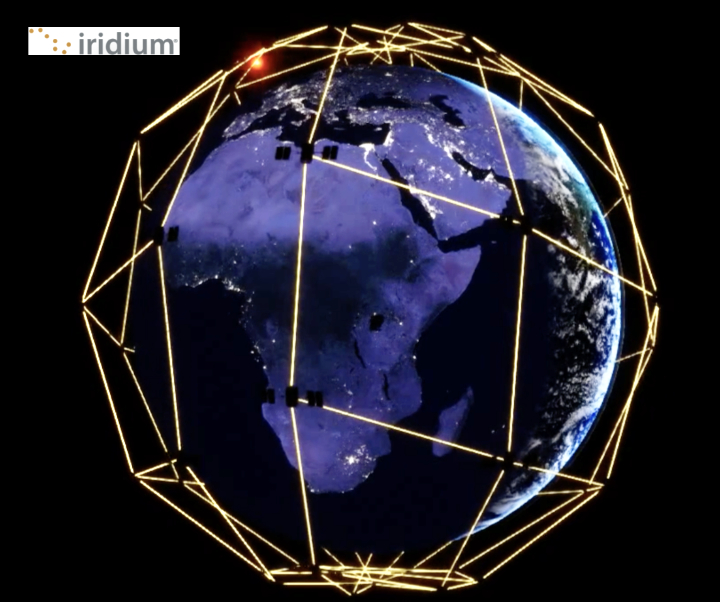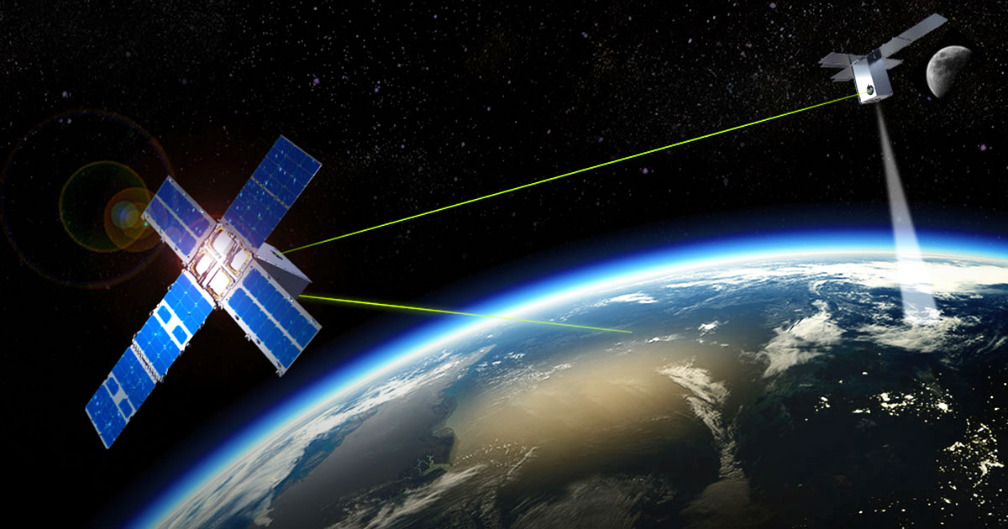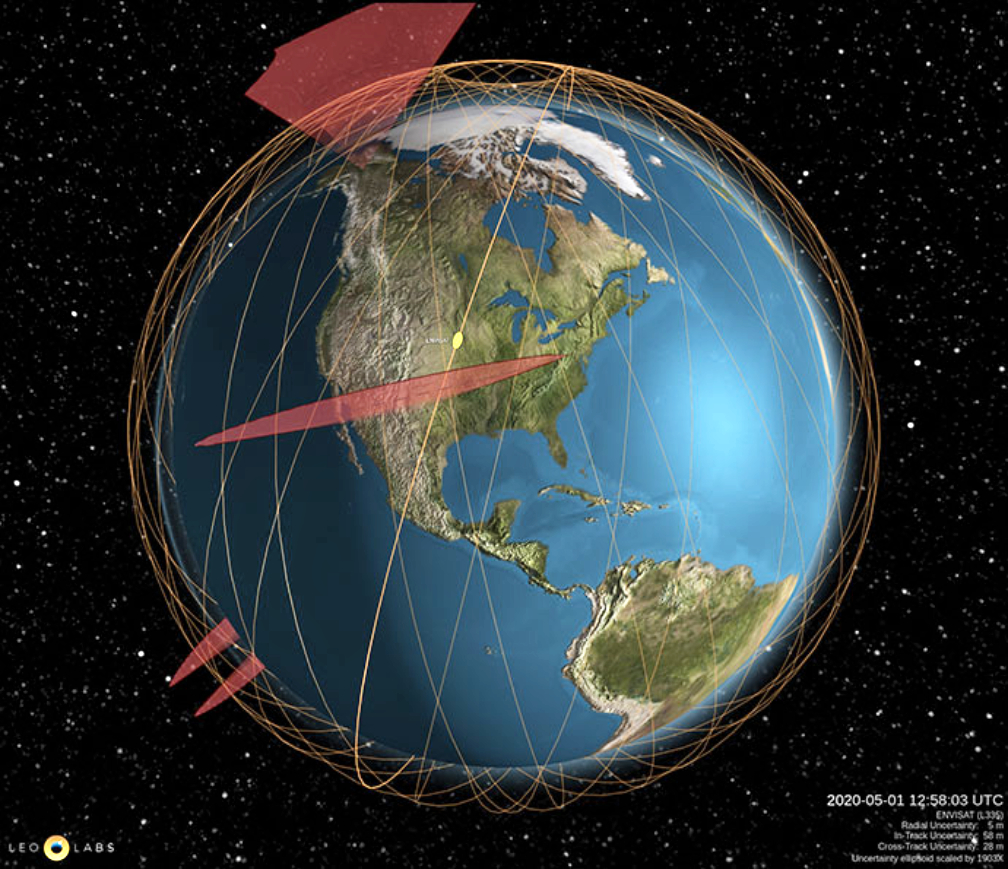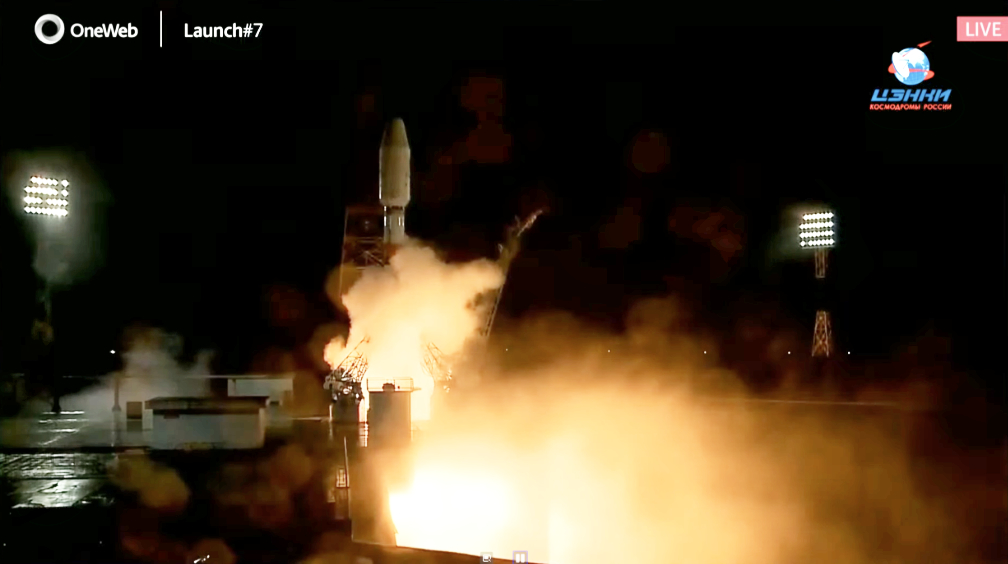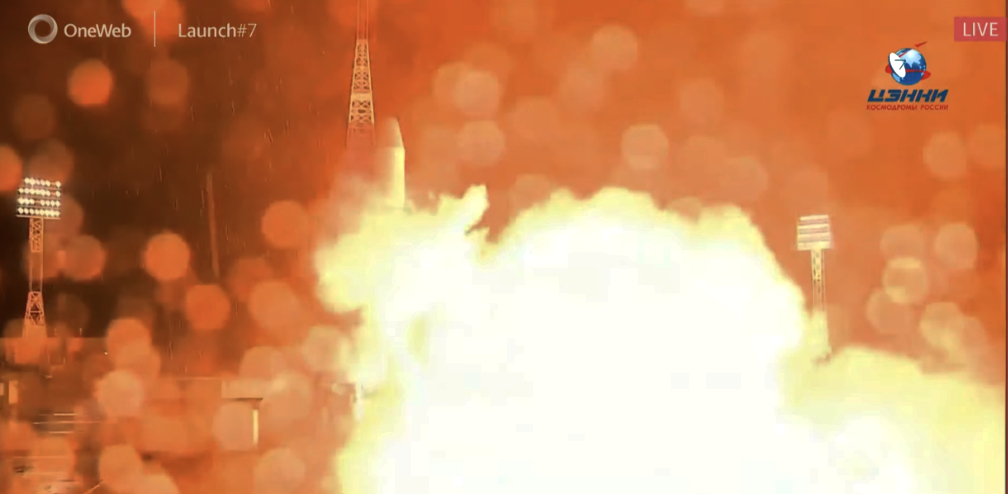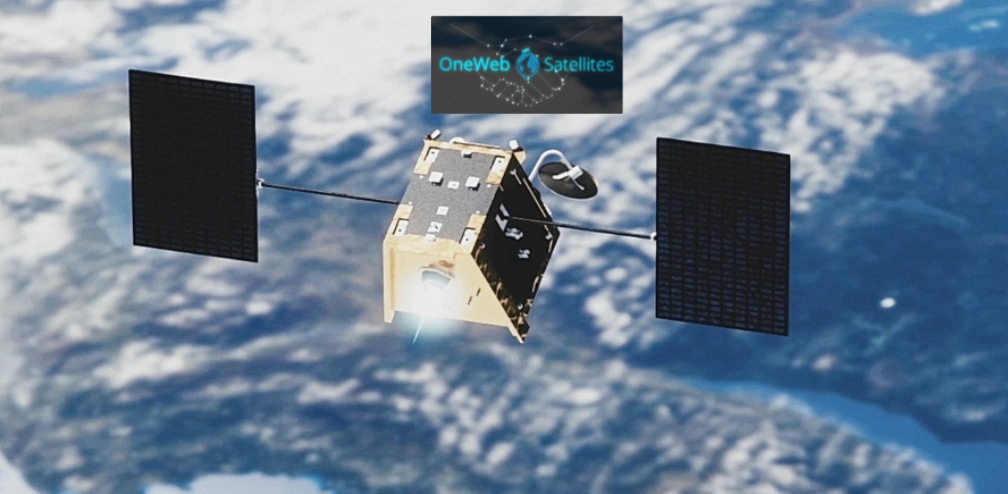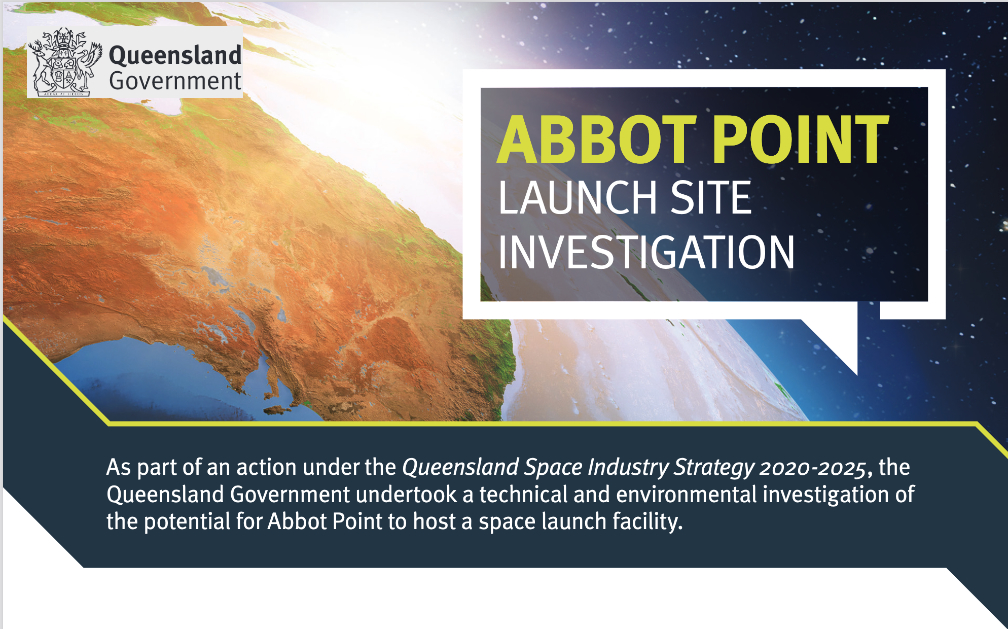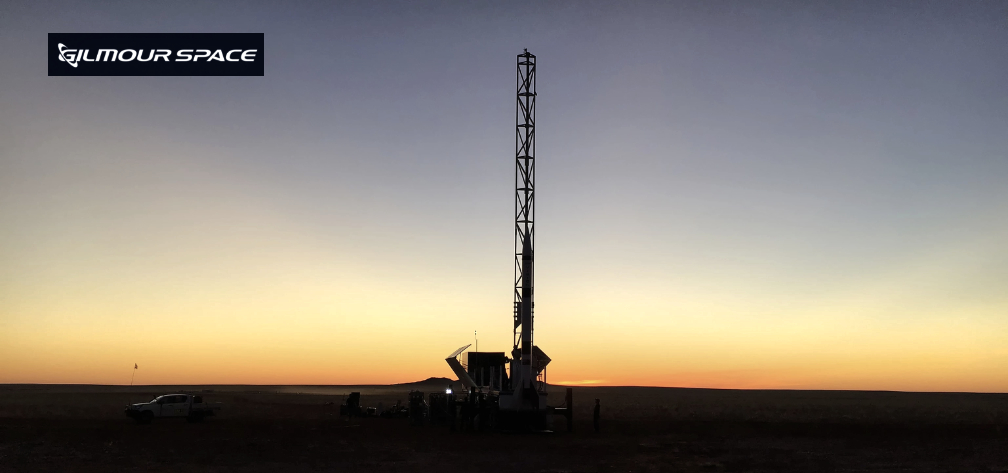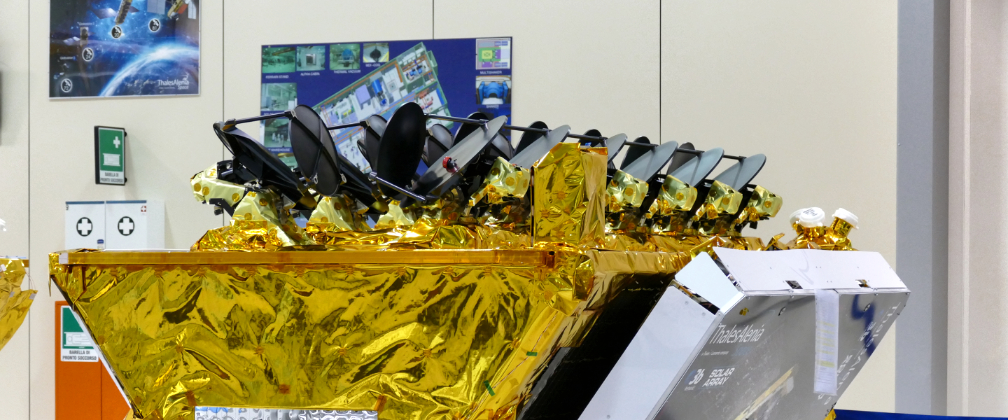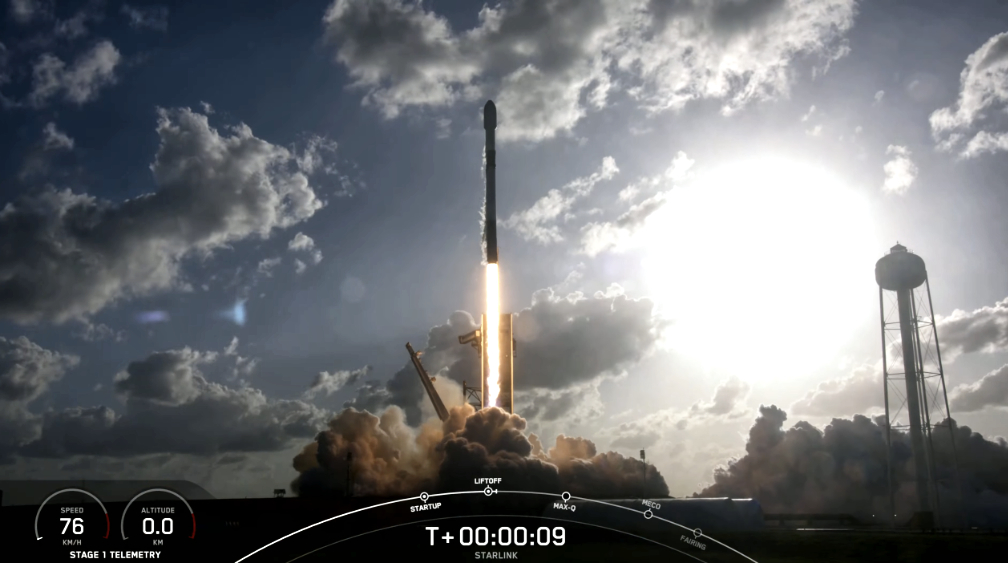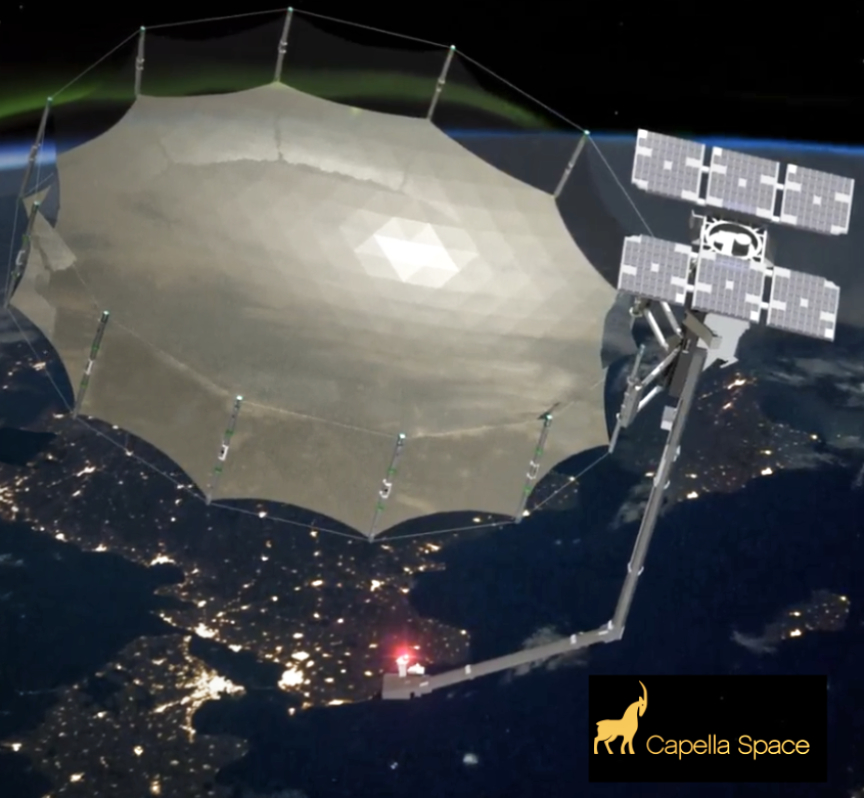
Viasat Inc. (NASDAQ: VSAT) will integrate their In-line Network Encryptor (INE) into the world’s first Link 16-capable LEO satellite, which the company is developing for the U.S. Air Force Research Laboratory Space Vehicles XVI program.
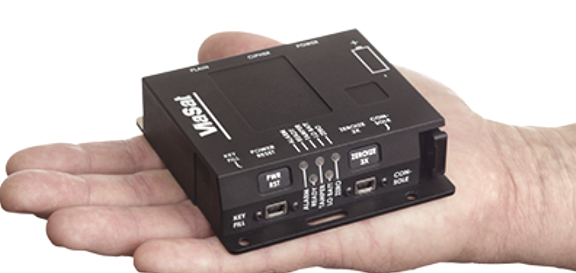
Viasat’s INE will be the first crypto deployment on a Link 16-capable LEO satellite, and will provide communications security (COMSEC) and additional enhanced cybersecurity capabilities initially associated with mission data transfer, with future evolutions expected to simultaneously secure user data; telemetry, tracking and command (TT&C) management; and inter-satellite communications—at multiple security levels.

Viasat’s INE, which was designed for a very low Size, Weight and Power (SWaP) constrained system, is expected to provide radiation-tolerant network encryption aligned with the LEO space environment and will be capable of supporting speeds exceeding 100 Megabits per second (Mbps) aggregate throughput, which makes it an outstanding encryptor to secure Link 16-to-LEO communications. The INE will also be able to secure the data flow between an unclassified spacecraft bus and the classified processing domain.
Over the past two decades, Viasat’s information assurance business has achieved a number of industry milestones. The Company’s PSIAM-based rugged, compact Type-1 cryptographic product portfolio already includes a ground-based satellite TT&C crypto (the KS-252)—which is currently deployed in the U.S. Air Force’s satellite communications ground station architectures. This crypto is the foundation for providing the same innovative, multi-functional, programmable value proposition to the space segment.
“In addition to building and testing the first-ever Link 16-capable LEO satellite prototype, Viasat is also focused on delivering the first high assurance, fully-programmable crypto deployed in space,” said Craig Miller, president, Government Systems, Viasat. “Our focus is on revolutionizing space-based cryptographic and cybersecurity solutions by moving away from embedded, fixed single-application ASICs and moving to ‘plug and play,’ fully-programmable, multi-functional and highly-efficient military-grade cryptos that can be rapidly deployed by supporting commercial off the shelf technology enhancements for small satellites.”
Learn more about Viasat’s network encryption devices at this direct link.

